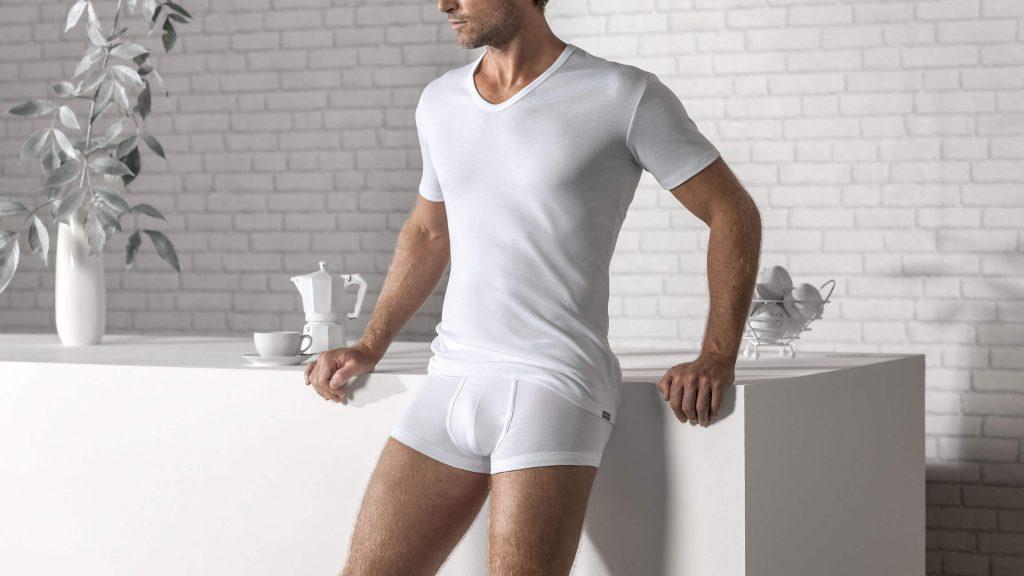Post World War II Styles
As soldiers returning home from WWII introduced a newfound appreciation for European fashion, American men's underwear began to evolve. New synthetic materials like nylon and lycra entered the market, providing improved comfort, breathability and flexibility over natural fabrics. Boxer shorts gained popularity after the war as an athletic alternative to briefs. Patterns, prints and colors blossomed as underwear became outward extensions of personality rather than afterthoughts. Major brands like Hanes and Jockey rose to dominate the market with mass-produced options aimed at the average consumer.
The Rise of Novelty Prints
During the liberating 1960s counterculture movement, underwear underwent another revolution. Novelty prints featuring colorful motifs, cartoons and eye-catching patterns took off in popularity among young men eager to express themselves through their undergarments. Especially in California where surf culture blended European and Pacific Islander styles, bikini underwear emerged as a new minimal look. Department stores like Sears sold "Good Vibrations" printed briefs alongside their standard cotton styles. Novelty became synonymous with lighthearted fun in underwear during this era.
Spandex Sparks a Renaissance
The invention of spandex in the 1960s marked yet another milestone in U.S Men's Underwear evolution. As the new stretchy synthetic fiber blended into underwear fabrics, it allowed for closer, more form-fitting cuts that showed off figures similarly to swim briefs. Manufacturers experimented with bolder colors, cuts and rising levels of sheer materials. Thongs rose in popularity among some demographics by the late 1980s as an alternative to traditional back-view brief styles. Novelty styles remained commonplace but quality cottons, nylons and modal fabrics also proliferated the shelves. Fit and cut became as important as coverage alone.
Contemporary Comfort and Style
Today's American men enjoy underwear choices that would have seemed progressive just a few decades ago. Fabric blends using cotton, modal, polyester and spandex deliver the optimum in comfort, breathability and snugness of fit without restriction of movement. Popular cuts include trunk-style boxer briefs balancing support and freedom of movement, moisture-wicking compression shorts for exercise, seamless styles and cotton modal blends. Major brands now carry extensive size ranges along with their basic briefs and boxers. Online retailer markets have helped spread niche styles like boyshorts, thumbholes and printed silks to broader demographics. Individuality and self-expression through intimate apparel has never been more accessible or embraced.
Explore more information on this topic, Please visit-
https://www.pressreleasebulletin.com/u-s-mens-underwear-size-and-share-analysis-growth-trends-and-forecasts/
The Evolution of American Men's Underwear From Modest Necessity to Expressive Comfort



